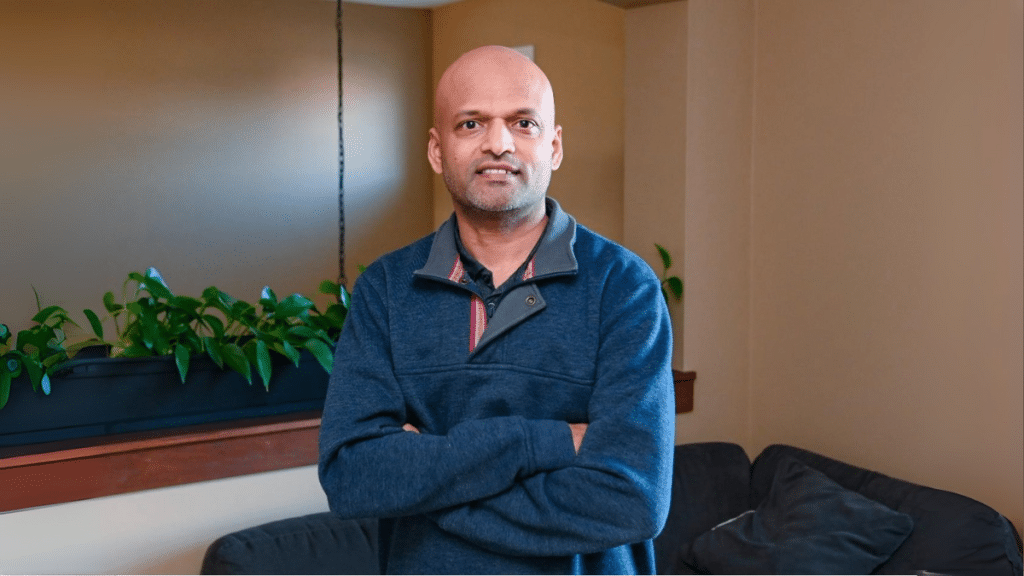In an interconnected era where manufacturing spans continents, the ability to integrate machines from diverse origins into a unified production environment is invaluable. Ravikumar Palanichamy, an expert in manufacturing systems integration, sheds light on the necessity for “translators”—not just human but technological—to bridge the divides in modern factories.
Drawing on his experience, Palanichamy explains that industries such as window manufacturing increasingly rely on niche equipment sourced globally. Machines designed in different regions must synchronize flawlessly with Manufacturing Execution Systems (MES) and Enterprise Resource Planning (ERP) platforms developed elsewhere. Smooth system communication is essential for efficient production; however, incompatible communication protocols, varying data formats, and language barriers in documentation often disrupt this integration. As an architect of these complex systems, Palanichamy underscores the need for thorough system understanding, standardization, adoption of universal protocols (e.g., OPC UA), middleware solutions, and multilingual training to mitigate these integration challenges.
Palanichamy’s emphasis on creating common communication platforms for disparate systems has proven critical, particularly during the upgrading or installation of new assembly lines. As a key contributor, he has designed platforms to ensure interoperability among machines, MES, and ERP systems from various countries. His work has facilitated successful installations and operations of international machinery, optimizing assembly line efficiency. This includes coordinating precise data exchanges with suppliers to ensure compatible parts production and leveraging standardized protocols (e.g., OPC UA) and comprehensive system mapping to minimize disruptions, enhance production reliability, and enable scalable operations.
Implementing standardized communication frameworks has significantly reduced support time for the MES. Close collaboration with MES and assembly machine engineers minimizes production downtime, ensuring operational continuity. Quantitatively, Palanichamy’s initiatives have driven efficiency gains of 3% to 9%. This performance uplift not only reduced support times for MES teams but also contributed to significant labor cost savings and supported scalable manufacturing operations, aligning closely with Industry 4.0 imperatives.
Despite the benefits of a standardized, integrated communication platform, there are challenges to consider. One notable obstacle Palanichamy navigated involved reconciling frequent software upgrades from machine manufacturers with ageing hardware on the assembly floor. Given cost constraints on hardware replacements, his introduction of flexible translator platforms enabled the smooth operation of mixed-generation equipment. Although this added a layer of complexity, particularly during failure diagnostics, it ultimately provided a path to modernization for resource-constrained operations. His close collaboration with MES and engineering teams helped mitigate these complexities, delivering consistent performance and cost-effective outcomes in an evolving industry.
Reflecting on current trends, Palanichamy emphasizes that while adopting standard protocols like OPC UA has made system integration more efficient, further opportunities remain. He advocates for integrating real-time quality feedback loops and live data collection directly on the assembly floor. By capturing data at each operational step and implementing robust feedback systems, manufacturers can proactively address quality deviations, moving closer to defect-free production.
In conclusion, Ravikumar Palanichamy’s work exemplifies the critical role of integration architecture in modern manufacturing. As global production ecosystems become increasingly interconnected yet diverse, the need for intelligent “translation”—both technical and procedural—will only intensify. His experience points toward a manufacturing environment where interoperability, real-time feedback, and continuous improvement become enablers in the global marketplace.
